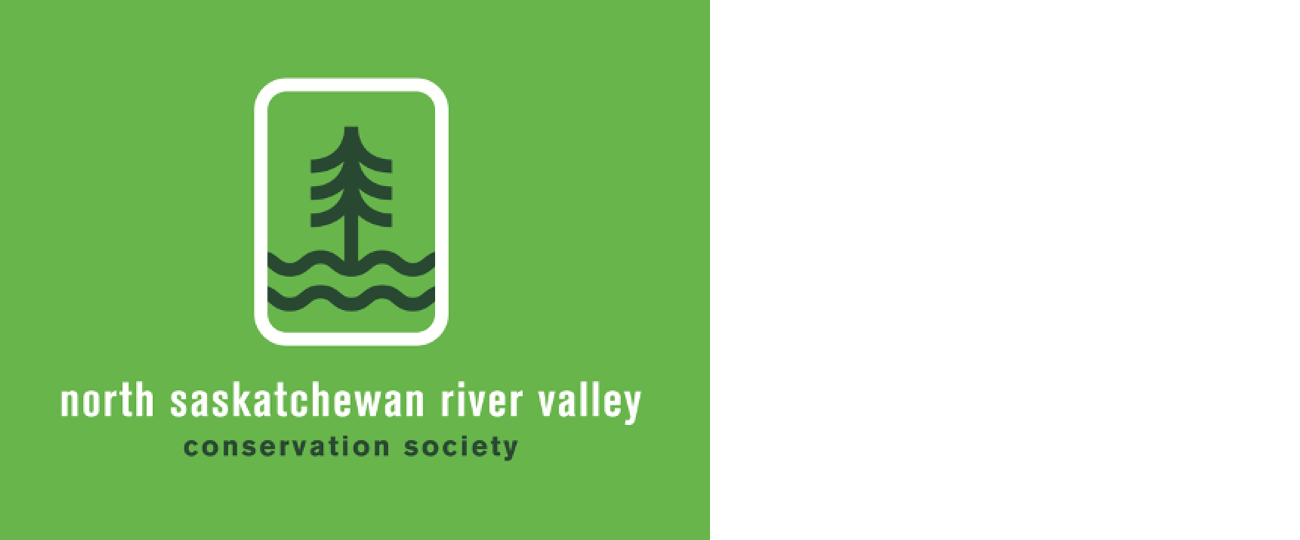NSRVCS welcomes a new communications coordinator
Photo of Harvey Voogd
Brook Kelela officially took over responsibility for NSRVCS’s communications on March 10, when Harvey Voogd did not stand for re-election to the Board of Directors. Brook is the editor of the weekly River Valley News online publication, and posts material on Facebook, Instagram and X.
Voogd initiated River Valley News in March 2017 as a biweekly and circulation grew to 528 emails by year’s end. Feedback was positive and every newsletter generated reader response. In 2018, the newsletter became a weekly publication. The newsletter had 2,336 readers at the end of 2024.
Harvey reactivated the Facebook page in October 2018. At the end of 2024, it had 1904 followers. Instagram was added in October 2020 and has grown to over 417 followers. Twitter, now known as X, was activated in February 2022 and has 332+ followers.
“I am delighted that Brook has taken on this creative, exciting and demanding volunteer position,” said Voogd. “She has been in charge of the newsletter and social media accounts since the beginning of January and done an excellent job! I look forward to her energy and enthusiasm reshaping NSRVCS’ communication platforms.”
Brook stays in constant awe of the river valley and enjoys finding any excuse to travel through or pass by it. She is passionate about environmental social theory and strives to think critically about nature, society and environmental governance. Brook believes that we can’t begin to address our current environmental landscape without first making room for all the diverse perspectives and histories tied to these spaces. https://emeraldfoundation.ca/aef_awards/the-north-saskatchewan-river-valley-conservation-societys-river-valley-newsletter/
Legislature library yet to find the missing “Saskatchewan River gold” key
Provincial Archives of Alberta photo
Deposits of precious metals, like gold and platinum, can be found in alluvial deposits (sands and gravels) in modern or ancient river beds, and occasionally glacial deposits. The gold found in the North Saskatchewan River occurs as flakes that are so small, they are commonly known as gold flour.
Although there are no nuggets to be found in the North Saskatchewan River, gold mining activity in the Edmonton area still peaked between 1895 and 1897. It’s estimated that over 300 miners arrived to work the sand bars along a 100km stretch of the river upstream and downstream of Edmonton.
By 1898, gold mining activity slowed substantially along the NSRV as miners moved northward to join the more lucrative Klondike Gold Rush in the Yukon. However, despite the short life and limited quantities of gold recovered in the Edmonton region, North Saskatchewan River gold did enjoy a notable moment in the spotlight.
On September 3, 1912, the Governor General of Canada, HRH the Duke of Connaught, officially opened Alberta’s new, and still unfinished, Legislature Building. He did so by “unlocking” the front doors of the building with a ceremonial key made of “Saskatchewan River gold.”
This ceremonial gold key went missing almost immediately after the opening ceremony and despite many efforts by research staff of the Legislature Library to track it down, it has never been relocated. https://albertashistoricplaces.com/2016/07/28/edmontons-river-valley-the-glitter-of-the-gold-rush/
Foams used to fight wildfires sometimes contain “forever chemicals”
Rocky View County photo
While the visible scars of wildfires include scorched landscapes and displaced communities, there are some consequences that go unnoticed—especially when it comes to water quality. Here are six surprising ways that wildfires affect drinkable water.
To start, wildfires strip the land of trees and plants which stabilize the soil, causing rainwater to carry ash, sediment and pollutants into rivers and lakes that would otherwise be filtered by the natural systems. This can make drinking water treatment more difficult and expensive.
Second, burnt vegetation and exposed soil releases nutrients such as phosphorus, nitrogen, and potassium into waterways, which can trigger algal blooms. These blooms can be deadly to vegetation, fish, and shore birds, as well as pose health risks to humans and pets if the water is ingested.
Third, wildfires can release heavy metals and chemicals. As plants and structures burn, they release metals like iron and manganese into the environment. When rain falls on scorched land, these metals can wash into waterbodies, contaminating drinking water supplies.
Firefighting efforts can also contribute to water contamination. Foams used in fighting wildfires sometimes contain substances like per- and polyfluoroalkyl substances (PFAS) and heavy metals. PFAS are known as “forever chemicals” because they persist in the environment and accumulate in water sources long after they are initially applied.
In addition, the high temperatures from fires can melt plastic water pipes above and below ground, releasing benzene and other harmful chemicals directly into the water supply impacting water storage systems, treatment plants, and distribution systems.
Finally, ash, soil, and debris from vegetation that enter waterways during a wildfire increase the levels of carbon in the water. This carbon can react with chlorine in water treatment plants to create disinfection byproducts, a class of chemicals known to be harmful to human health. https://www.swimdrinkfish.ca/blog/how-do-wildfires-impact-drinking-water
Parade II by Gabe Wong, Lewis Farms Transit Centre https://www.edmontonarts.ca/public-art/parade-ii
Comment or Contributions
Please note articles may not reflect the position of NSRVCS. River Valley News is meant to be a clearinghouse for the variety of opinions and ideas about Edmonton’s River Valley.
Email river valley photos, event information, comments, or questions to nsrivervalley@gmail.com
Forward this link to anyone you think may want to sign up for this newsletter https://www.edmontonrivervalley.org/newsletter-signup




